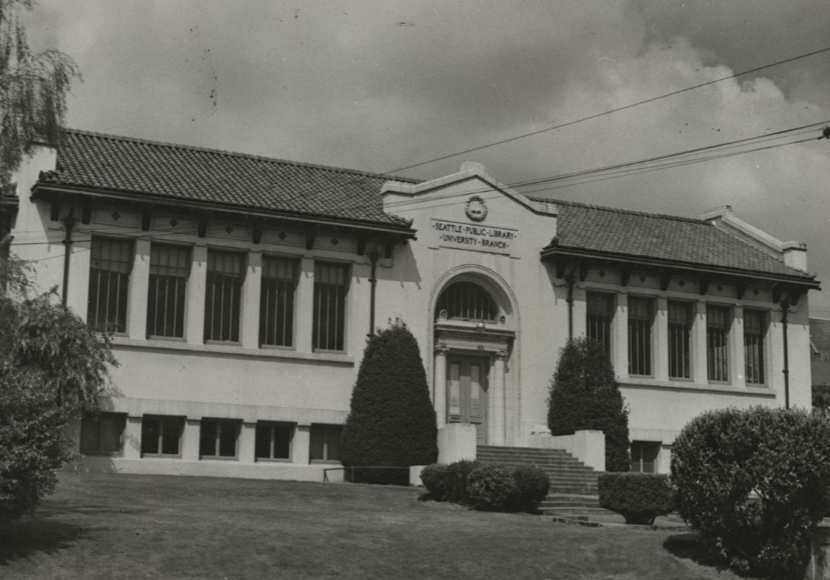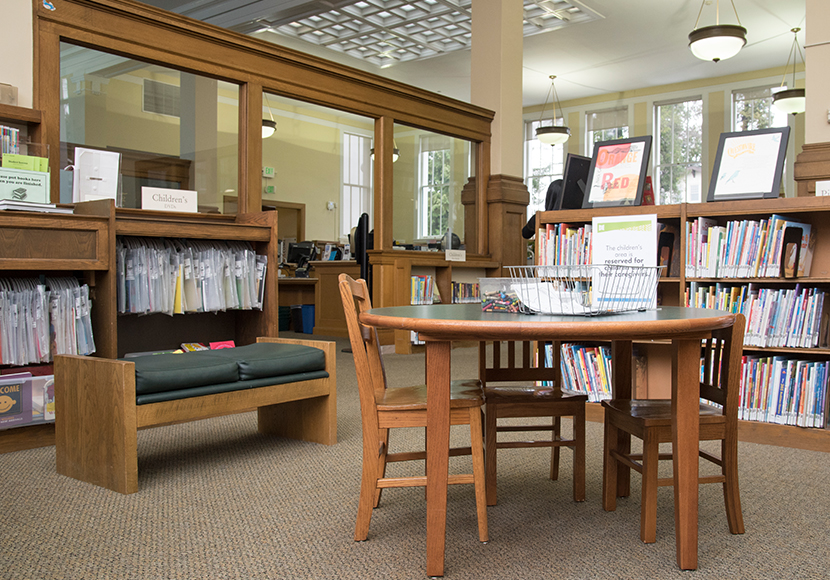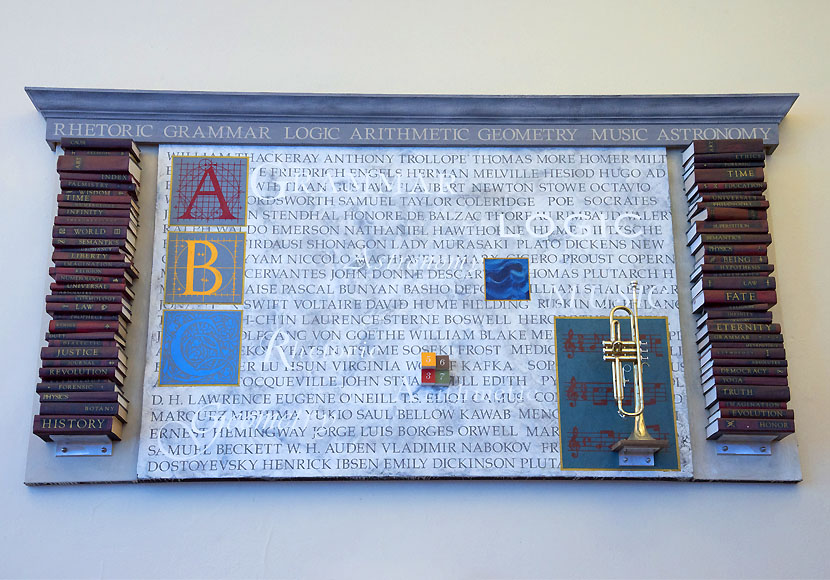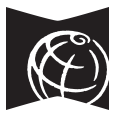University Branch Highlights
Tall ceilings, long windows, and hanging lamps shine a light on study time at this Carnegie library.
The University Branch is listed on The National Register of Historic Places. Seattle's Landmarks Preservation Board named it a landmark building.
History

Serving the University District community since 1905
In 1905, several of The Seattle Public Library’s deposit stations opened in the University District. Deposit stations had smaller collections of books and were open fewer hours than branches. They served the city during times of recession or immigration booms.
In 1906, a dozen University District merchants each donated $15 to start a book-lending library. Library service began at the University Pharmacy, close to the University of Washington. Several months later The Seattle Public Library moved to the University Methodist Church.
In 1908, industrialist Andrew Carnegie donated $105,000 for three branch libraries in Seattle. One of them was in the University District. The same year, Cornelia and Watson Allen donated land for the University Branch.
After a design competition, architects W. Marbury Somervell and Joseph S. Coté designed the two-level branch. It cost $38,935 to build. The branch opened on Aug. 6, 1910 at its current location.
In 1921, the first Seattle street sign directing people to a location of The Seattle Public Library was installed at University Way NE & NE 50th Street.
In 1955, the current parking lot was built and new lighting was installed inside the building and in 1957, natural gas heating was installed.
The Friends of the Library Association funded an auditorium renovation in 1979.
Voters approved a major renovation of the library completed in 1986, headed by architect Fred Bassetti. It included structural renovation to meet earthquake standards and added access for disabled patrons. Workers also made plumbing, electrical, and energy conservation improvements.
The University Branch was upgraded in 2007, thanks to the 1998 voter-approved Libraries for All building program. Workers installed more power outlets and upgraded technology access. Building ventilation was improved and study areas were added.
Thanks to the voter-approved 2012 Library Levy, exterior changes were made in 2016. These updates increased access to the historic building. Workers improved drainage from the site. The back entrance ramp was remade, and its stairs were widened. The exterior meeting room entrance was redone and the front entrance was resurfaced, and its steps were repaired. Lighted handrails were added to ramps and steps, and a van-accessible ADA parking stall was painted.
Architecture

The building follows one of Carnegie's preferred designs for libraries. Many Carnegie buildings feature main-floor reading areas and a lower-level auditorium. Its general architectural style is neo-classical. The branch has a grand entrance and formal symmetry.
Rich detailing and use of wood throughout the interior add to the warm, historic feel.
Architects: Hoshide Williams, 2005; Fred Bassetti, 1986; W. Marbury Somervell and Joseph S. Coté, 1910.
Art

Artist Dennis Evans was commissioned to create two pieces of artwork each for five of Seattle's historic Carnegie-era libraries. Building on the ideas of learning, education, and history, Evans linked the libraries with paintings based on the seven liberal arts. Called the “Seven Liberal Arts Suite,” his work celebrates the seven branches of knowledge that initiate everyone into a life of learning. Each branch features one “reference painting” that is similarly composed at each location. The second art piece at each library is unique to that location and explores one of the seven liberal arts. The unique work featured at the University Branch explores the art of Geometry and Astronomy.
Named Spaces
Spaces named for donors include:
- David R. Davis Reading Room

